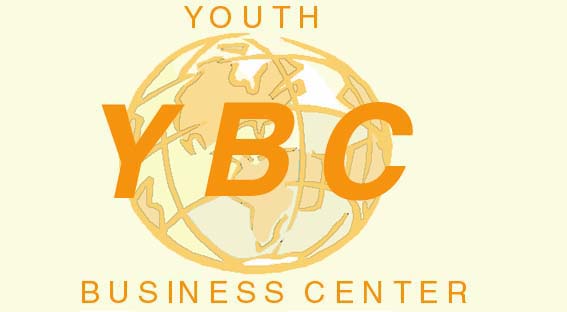
business game:
banks in action
creator = bill glass, usa
owner = junior achievment
Youth Business Center:
about banks...
Once you have mastered matching up the money in your bank's Savings Accounts
with the amounts loaned out on Lines of Credit, you are ready to try the riskier
decisions of setting interest rates for long-term savings and loans. These
decisions last for a year and help determine how profitable your bank is during
that time.
If you do well and match up your long-term savings with your long-term loans,
you have locked in a profitable relationship for four quarters. If you find a
mismatch, you will have to make up the difference by adjusting short-term rates
which can cost you much more.
Certificates of Deposit
Customers who are willing to leave their money in the bank for a set period of
time often buy Certificates of Deposit or CDs (not to be confused with compact
disks!). A Certificate of Deposit is a promise by the bank to return a customer's money to them at a set date in the future and to pay the customer a
specified rate of interest according to an established schedule.
In Banks in Action, all Certificates of Deposit have terms of one year. Interest
is paid quarterly at the rate set when the CD is established. At the end of a year, a CD customer's money is returned. The customer may decide
to renew the CD for an additional year, but most will shop around to renew at
the bank which offers the highest interest rate at the time.
Once a CD is established, the bank knows how much money it will have at what
cost for the next year. Since CDs provide a predictable source of funds to the
bank with a set cost, most banks are willing to offer higher interest rate on
CDs than on Savings Accounts.
Loans
Businesses and individuals who need money often plan to use it for a specific
purpose with a predictable time frame. They arrange with a bank to loan them the
needed amount of money for the specified time. During the time of the loan, the
customer pays a set rate of interest to the bank according to an established
schedule. At the conclusion of the term of the loan, the customer returns the
money to the bank.
In Banks in Action, all Loans have terms of one year. Interest is paid quarterly
at the rate set when the Loan is established.
At the end of a year, Loan customer pay back the borrowed money to the bank. The
customer may decide to borrow again for an additional year, but most will shop
around to borrow at the bank which offers the lowest interest rate at the time.
Once a Loan is established, the bank knows how much money it will need and what
income it will receive from it for the next year. Since Loans provide a predictable source of income to the bank, most banks are willing to offer lower
interest rate on Loans than on Lines of Credit
When bankers make decisions about interest rates for both long-term and
short-term savings and loans, they must be careful not only to match up the
total amount of funds deposited with those loaned out, but also the time periods
of the funds. Because of their predictability and reduced risk, CDs pay a higher
interest rate than Savings Accounts, increasing a bank's cost. Conversely, banks
receive lower interest rates on Loans than on Lines of Credit. The margin, or
difference between these two interest rates is smaller than those for short-term
interests.
If a bank funds more Loans in a period than it has available in CDs, it must
make up the difference with Savings funds, which forces Savings rates up and
profits down. If a bank has more funds in CDs than it has Loans, it must loan
the money out in Lines of Credit, forcing those interest rates to come down and
profits along with them. Since CDs and Loans are year-long commitments, any
imbalances can reduce bank profits for several periods.
The most successful bankers are those that achieve balance in the funds they
have available with the amount they loan out in each time period as well as in
the overall amounts.